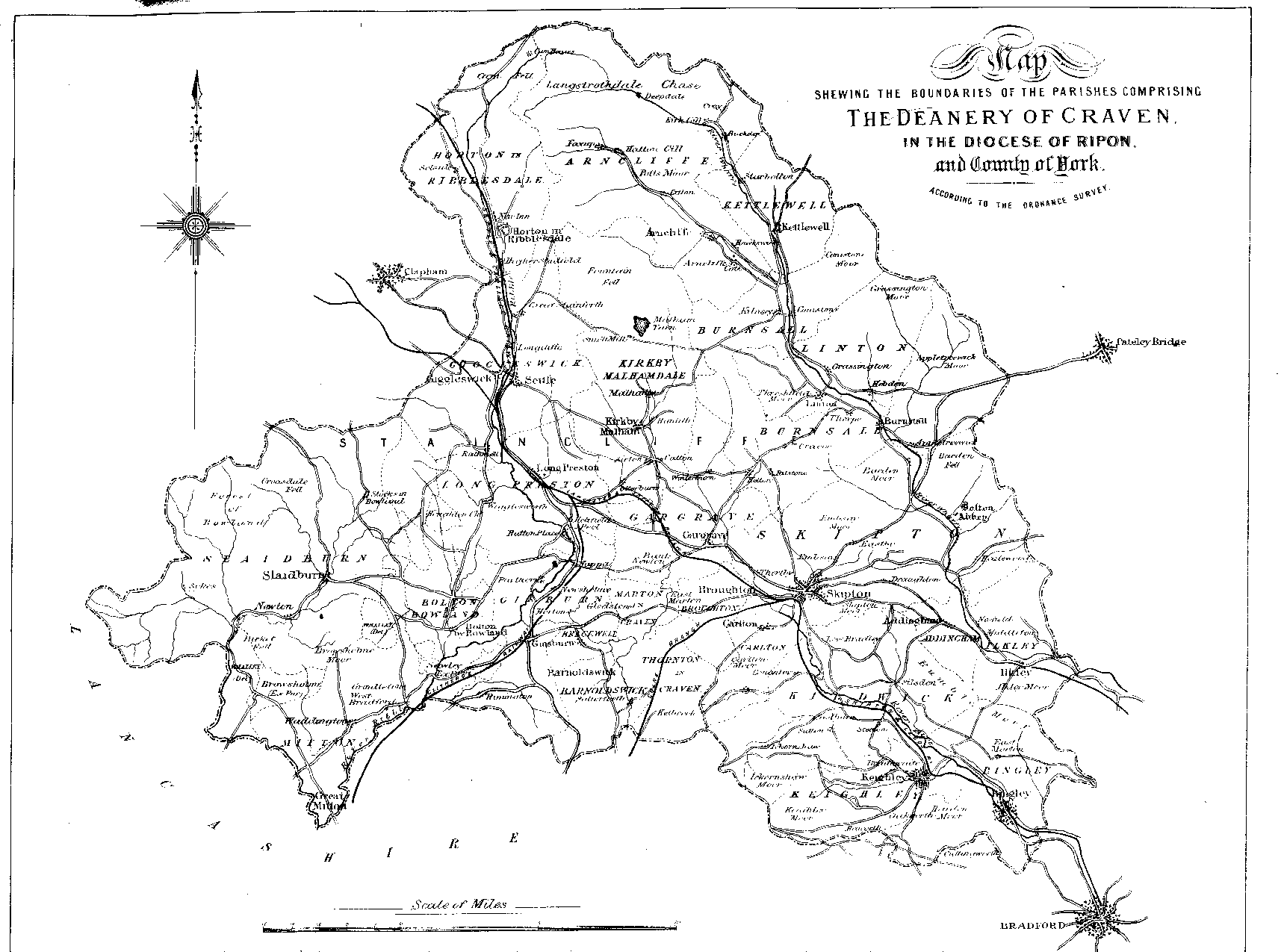The Normans in Yorkshire.
The Normans faced a lot of opposition in the North of England. William’s response to the opposition was, as can be seen in the sources above, to act brutally to crush any opposition. The rebellions, coupled with his policy of destruction in the North, made his Norman barons more susceptible to attack than those in the South of the country. To enforce his law and to defend his men William, and his barons, had to build Castles to dominate and control the region. In addition to the problems posed by the inhabitants of the county it was also the case that Yorkshire was one of the most obvious sites for any future landing by Scandinavians. William must have been fearful of another attempt by the Norwegian’s to claim the English crown. (Harold Hardrada had landed on the Yorkshire coastline in 1066). Equally there was a threat from the Scots who had for hundreds of years marauded through the northern climes of England, thus threatening the stability of the new Norman kingdom’s northern borders.
Source A
Orderic Vitalis, a contemporary chronicler, wrote of the year 1069…
‘…. Nowhere else had William shown so much cruelty. Shamefully he succumbed to this vice, for he made no effort to restrain his fury and punished the innocent with the guilty. In his anger he commanded that all crops and herds, chattels and food of every kind should be brought together and burned to ashes with consuming fire, so that the whole region north of the Humber might be stripped of all means of sustenance. In consequence so serious a scarcity was felt in England, and so terrible a famine fell upon the humble and defenceless populace, that more than 100,000 Christian folk of both sexes, young and old alike, perished of hunger.’
Source B
Symeon of Durham, paints a picture as bleak as any modern day catastrophe:
‘…Throughout the winter and slaughtered the people…it was horrible to observe in houses, streets and roads human corpses rotting…for no one survived to cover them with earth, all having perished by the sword and starvation, or left the land of their fathers because of hunger… between York and Durham no village was inhabited.’
Source C
“I have persecuted its native inhabitants beyond all reason. Whether gentle or simple, I have cruelly oppressed them; Many I unjustly inherited; Innumerable multitudes, especially in the county of York, perished through me by famine or the sword.”
Reputed to be said by William I in 1087.
Source D map of the Craven region within Yorkshire.

Skipton lay to the west of York, on a major route across the North of the Country. Just to the west of the town you find Lancashire towns such as Clitheroe, on route to Lancaster, Liverpool and Manchester. To the North of Skipton are the Yorkshire Dales, an area that would prove hard to subjugate due to the number of isolated villages, treacherous hills and awkward inclines. Skipton lay at the junction therefore of two major routes. One to the west and at the gateway to the Northern parts of Yorkshire making it a strategically significant location.
Activities
(1) Describe the actions taken by the Normans in the county of Yorkshire in the years following the invasion.
(2) Making use of the Source material. Explain why the Normans treated the county of Yorkshire so harshly.
(3) Why was the construction of Castles in the county of Yorkshire an important part of William’s policy in the early years of his reign?

